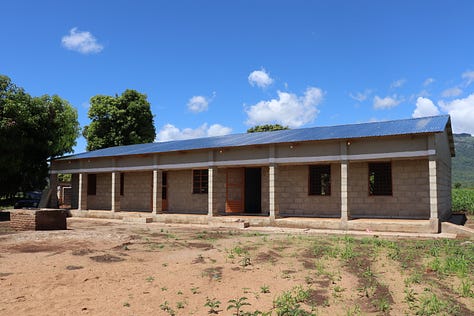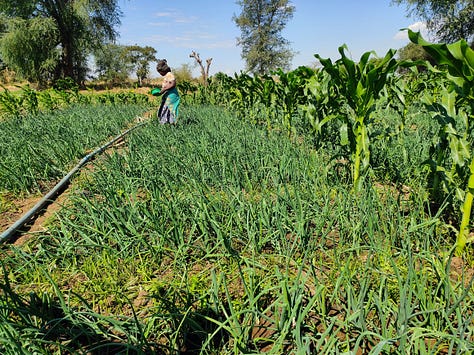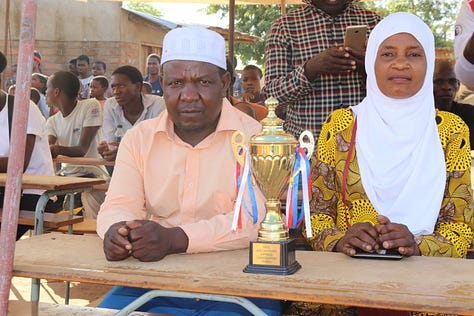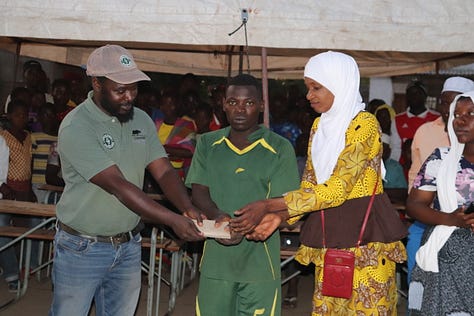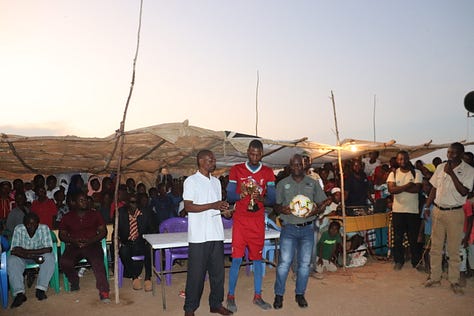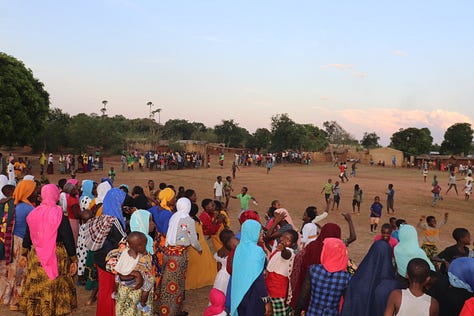COMMUNITY OUTREACH – Towards co-existence between humans and wildlife
It is incumbent for us to build a constituency of people in support of conservation, where people value and ultimately become stewards. In so doing, conservation will likely remain land-use of choice
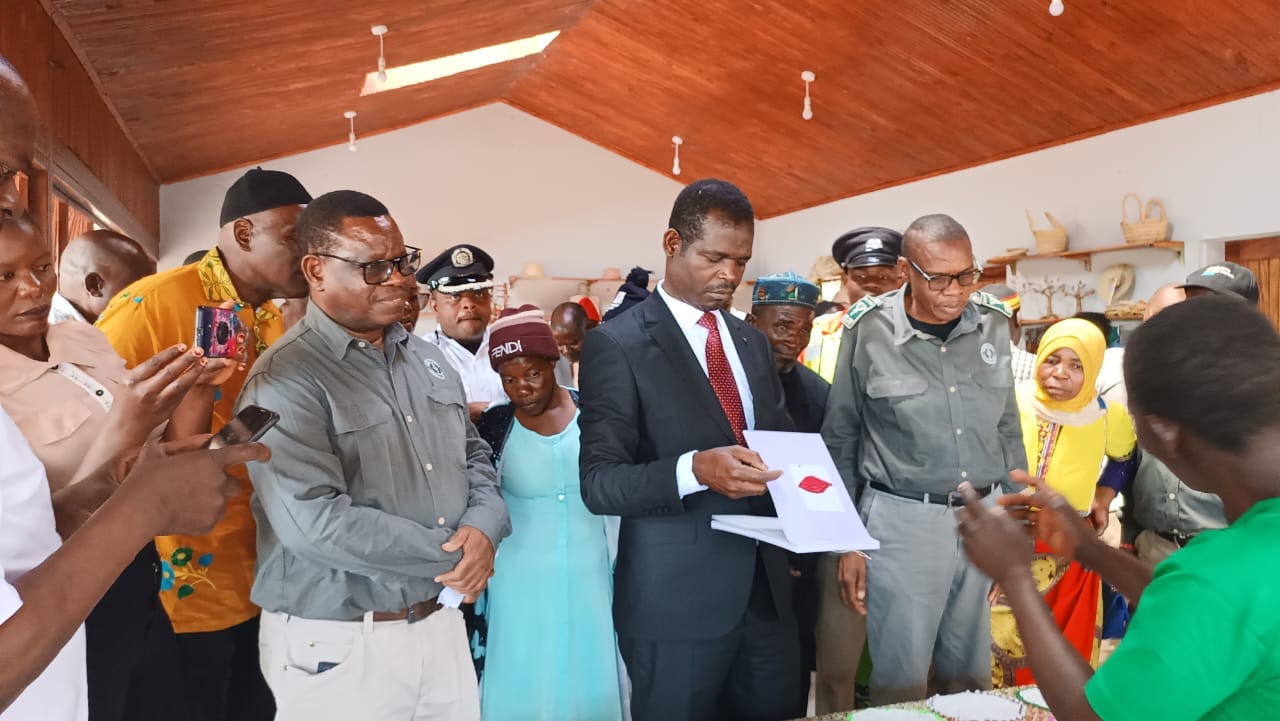
LIWONDE, Malawi (Planet Defence) - African Parks has intensified surrounding community awareness meetings on various topical conservation issues that range from human wildlife conflict, poaching, illegal fishing, fence vandalism, including natural resource use program guidelines around Liwonde National Park and Mangochi forest reserve under its management.
Fundamental to African Parks’ existence is the conviction that protected areas, the ecosystem services that they generate and biodiversity that they conserve are necessary for the well-being of people. Setting aside land for conservation is a choice of land use, a choice made by people through their governments.
African Parks Malawi, Country Representative Samuel Kamoto has acknowledged that people living in or adjacent to protected areas may incur costs arising from the existence of parks and their wildlife. How they view the value of these areas to them and their communities will have a significant influence on the future sustainability of these areas.
“It is incumbent for us to build a constituency of people in support of conservation, where people value and ultimately become stewards of these parks. In so doing, conservation will likely remain the land-use of choice,” Kamoto, a long-time conservationist stressed the point.
Liwonde National Park has an estimated human population within the 5km radius of over 1 million people in eleven Traditional Authorities. This figure translates to over 60, 000 households.
However, current major challenges are the parameter fence vandalism that is leading to an increase in human wildlife conflicts. There are suggestions that the community collaborate with park officials in dealing with these challenges.
One way is by surrounding communities to assist in policing those who vandalise the fence which leads some wild animals to exit the park. This principle is based on the premise that peripheral community participation in wildlife management is central to long term conservation efforts as part of collaborative management.
Mathias Elisa, African Parks Community Extension Manager explained in a recent interview that they have established community human elephant committees. Members of the committees’ roles are to help patrol along the fence in an effort to help identify elephant incidents and report them to authorities to take appropriate action.
“It is imperative that we use different avenues of community engagement that live within the five kilometers radius of the park. This is key when it comes to sustained conservation efforts as these are the people that are in direct contact with the park resources,” Elisa the extension lead made the remarks in an interview.
Above all is the establishment of the Joint Liaison Committee which meet quarterly. This is where African Parks management provide progress report and work plans that lies ahead to the communities.
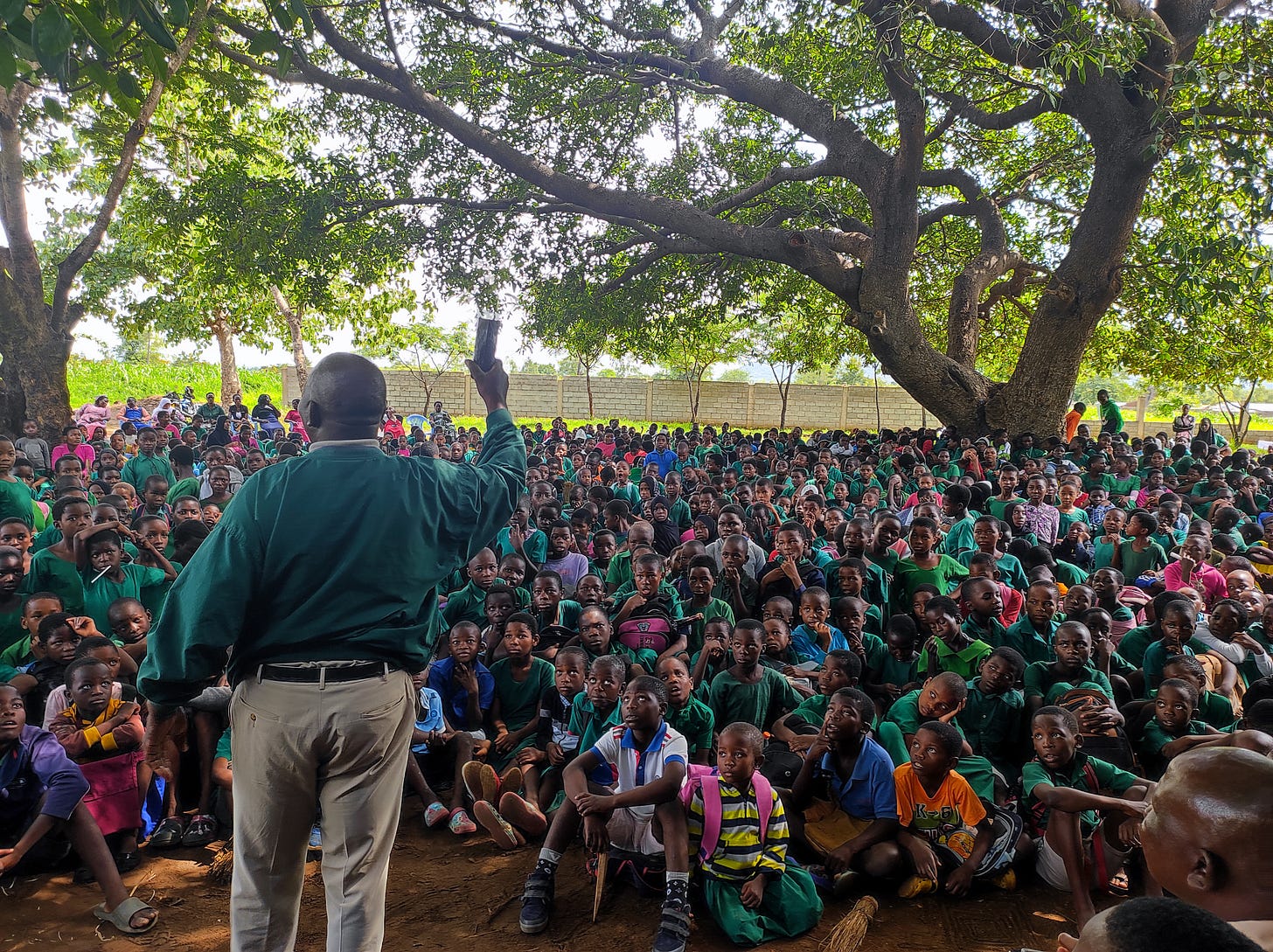
“The committee is comprised of all Traditional Authorities in districts that share boundary with area under our management. There are also magistrates from Mangochi, Balaka and Liwonde, heads of Police formations, forestry, fisheries, environmental officers. We also rope in the Upper Shire Association for the Conservation of Liwonde National Park USACOL which is an umbrella body for village natural resources management committees plus other non-governmental organizations like Wildlife and Environmental Society of Malawi,” added Elisa during the interview.
In her reaction to the development, Lilongwe University of Agriculture and Natural Resources, National Ecosystem Assessment Project Officer Alice Kamwamba noted that wildlife is part of ecosystems.
“Involving local communities is the right path into successful conservation leading into successful conflicts resolution. These people know the trend; they know the changes and they know the history of ecosystems. If we involve them in decision making and innovations, this is key to solving challenges,” Kamwamba whose programme is doing national ecosystems assessment studies observed.
When asked to comment on the development, Wildlife and Environmental Society of Malawi, Programme and Policy Lead Chifundo Dalireni was quick to highlight the need for synergies to harness both traditional and scientific evidence.
“Communities are very vital to solving human wildlife conflict, traditionally they have been living with wildlife, so they have traditional ways. As such combining scientific and traditional aspects can help address challenges holistically,” he summed it up.
African Parks community development work spearheads three objectives namely; engagement, education and enterprise.
